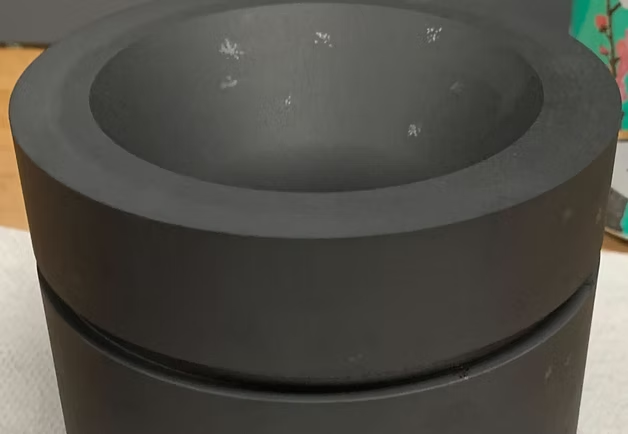Engine
Overture
Modular Engine Design: Building to Optimal Combustion
A liquid rocket's distinguishing component is its engine. Solid rocket motors work by igniting solid, pre-mixed fuel and oxidizer. Unlike commercial high power solid rocket motors, liquid rocket engines combust liquid fuel and oxidizer in the combustion chamber.
The walls of the combustion chamber can get extremely hot while the engine is firing. One way to solve this problem is by having the surface of the combustion chamber walls be removed under high heat to protect other components of the engine from overheating. This process is called ablation. Our team's ablative engine uses an ablative sleeve in the combustion chamber as opposed to other cooling methods to prioritize fast, iterative progress as it allows for a highly iterative modular design.
Design modularity is not limited to the ablative sleeve; the nozzle of an engine is what accelerates the flow to supersonic speeds to generate more thrust, and being able to test multiple different nozzle geometries will allow our team to optimize engine performance down the line. The engine injector is another such modular component which facilitates the mixing of fuel and oxidizer; the ability to redesign this component and re-fire our engine is pivotal in the process of optimizing our combustion scheme.

Analysis, Manufacturing, and Testing

Taking a liquid rocket engine design from concept to component utilizes a variety of skills. In order to validate the Overture engine design, our team performed a series of analyses and manufacturing steps informed by technical trade studies and experimental testing.
We utilized simulation tools, including CEARun and custom scripts, to optimize engine parameters such as chamber pressure (200 psi), thrust (2.5 kN), and an oxidizer-to-fuel ratio of 1, with a focus on injector sizing and thermal management. Physical validation included ablative material testing with an oxyacetylene torch at ~3300 K, confirming that a ¼" ablative sleeve could withstand the expected 10-second burn duration.
These efforts, combined with precise graphite nozzle design and beta ratio optimization for test stand integration, ensured that our component designs could meet the demanding thermal and structural requirements of hot-fire testing.

Engine Technical Leadership

Alec Wojcik
Engine Technical Lead

Dhruva Chowlur
Fluids Sublead

Nicholas Western
Analysis Sublead

Aniketh Takkalapalli
Electronics Sublead





